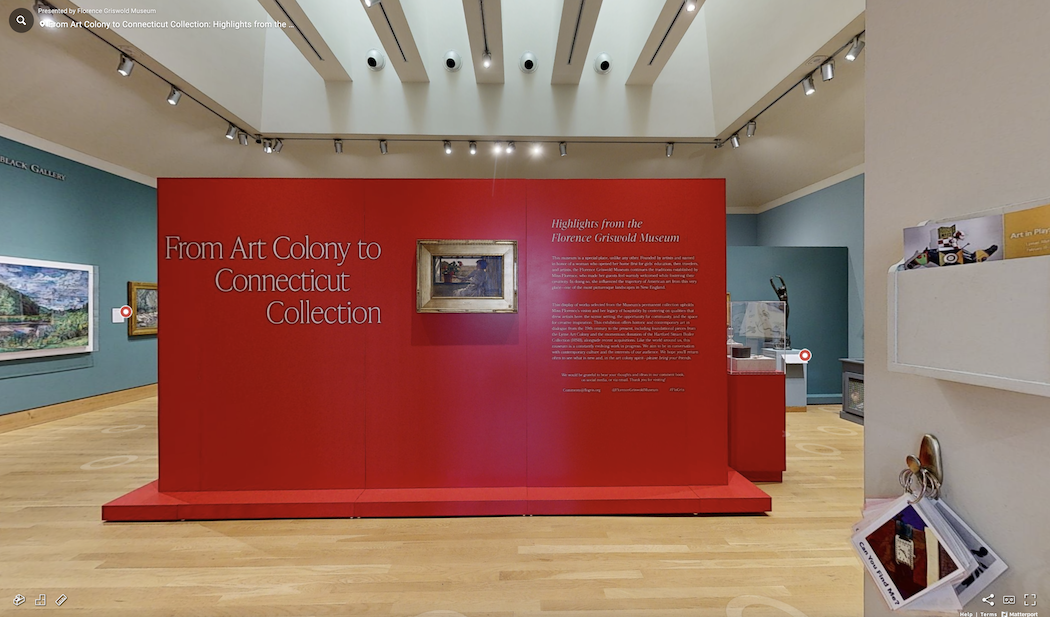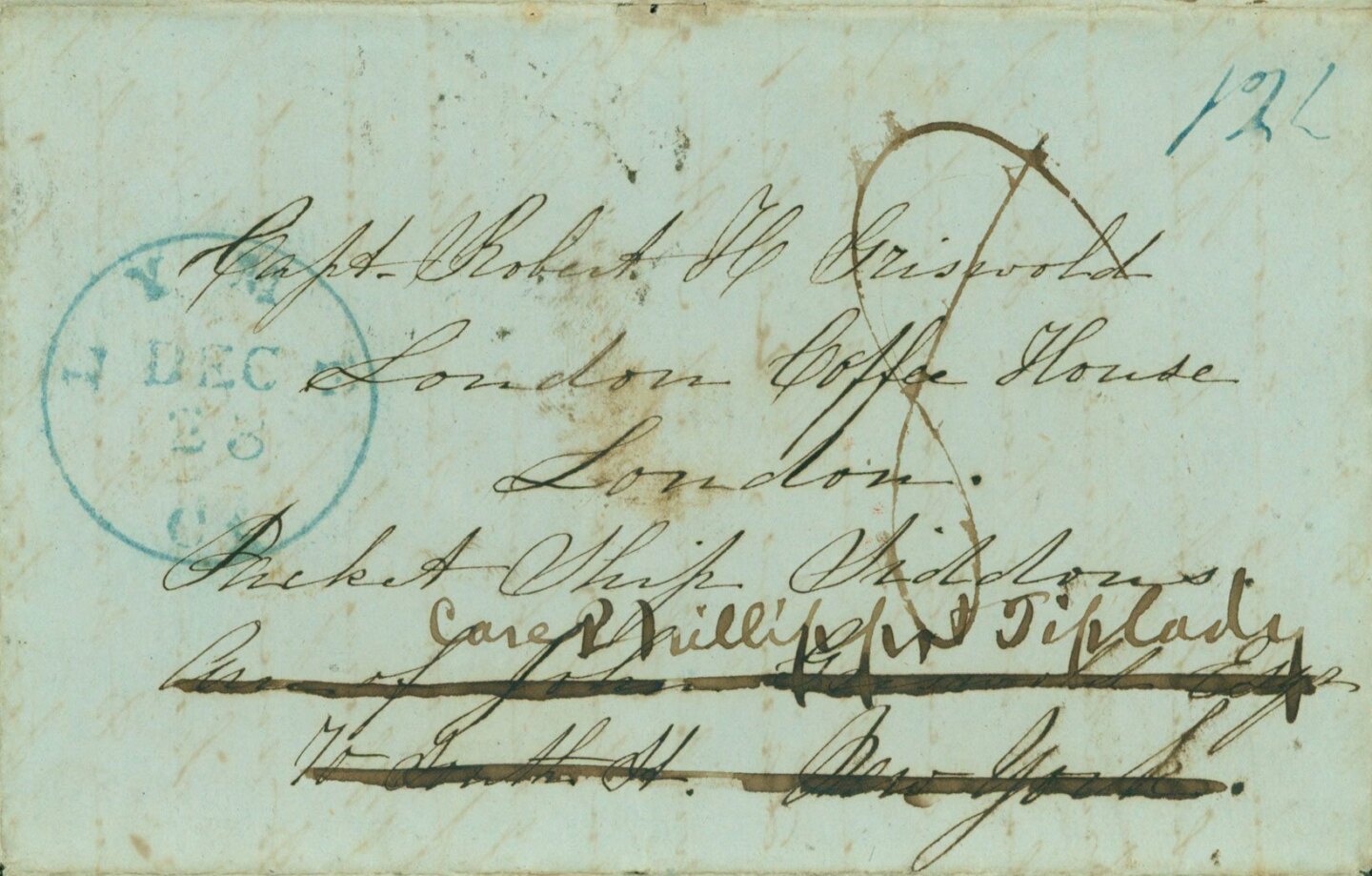Exhibitions
- Museum Hours: Tuesday through Sunday, 10am to 5pm
Current Exhibitions
Ongoing
An American Place: The Art Colony at Old Lyme
During the first two decades of the 20th century, the village of Old Lyme, Connecticut was the setting for one of the largest and most significant art colonies in America.
Find out more...Ongoing
Selections from the Hartford Steam Boiler Collection
The Hartford Steam Boiler Inspection and Insurance Company’s gift of their 190-piece collection of American paintings, works on paper, and sculpture to the Florence Griswold Museum in 2001 marked a milestone in the Museum’s history. With the arrival of the HSB gift, the scope of the Museum’s collection instantly broadened, both geographically and chronologically, to include artists working in every corner of Connecticut from the 18th- to the mid-20th century. We celebrate these works with a rotating selection from the collection.
Find out more...Now on View
From Art Colony to Connecticut Collection: Highlights from the Florence Griswold Museum
To increase access to the Museum’s wonderful artworks, the Niblack Gallery in our Robert and Nancy Krieble Gallery will be dedicated to a long-term installation of selections from the permanent collection. From Art Colony to Connecticut Collection presents highlights in three thematic clusters.
Community: the Lyme Art Colony and Beyond includes artworks by Matilda Browne, William Chadwick, Childe Hassam, Willard Metcalf, Bessie Potter Vonnoh and others that attest to the creative community centered around Florence Griswold’s riverside boardinghouse circa 1900.
Connecticut and the Environment features paintings, sculpture, video, and material culture objects from the permanent collection that encourage us to consider how artists, their clientele, and the societies from which they sprang from the 19th century to the present, viewed and interacted with nature.
As a museum founded by artists who first came to this place to channel inspiration into creativity over a century ago, we honor The Creative Spark in the exhibition’s third thematic grouping. Using both artworks and objects from our collection of artists’ tools, this section encourages visitors to consider how artists tap into and express creativity.
Image: Mark Dion (born 1961), New England Cabinet of Marine Debris (Lyme Art Colony), 2019. Mixed media, 103 1/2 x 50 5/8 x 25 3/8 in. Florence Griswold Museum, Purchase, 2019.10.
Find out more...September 27, 2025–January 4, 2026
Inside Out: Contexts for American Art
The Florence Griswold Museum is a unique institution rooted in the context of its site-specific environment. Visitors to FloGris immerse themselves in history by exploring the Griswold Boardinghouse for Artists. They walk the halls and stand in the rooms where Lyme Art Colony artists dined, played games and made music, debated about art, and painted directly on the walls and door panels. Many scenes depicted in the paintings can be viewed just outside. Audiences enjoy views of the river, smell the fragrances of the garden, and hear the music of songbirds—the same sights, scents, and sounds that the Lyme artists appreciated some 120 years ago.
Inspired by the multi-sensory setting that contributes to the FloGris experience, Inside Out: Contexts for American Art investigates the power of context for selected artworks from the Museum’s collection, turning them “inside out” for viewers to engage with paintings, sculpture, prints, textiles, and photographs in creative new ways. Works of art will be placed in conversation with archival materials, period music, artmaking tools, and interactive activities such as materials to smell, feel, play with, or manipulate. Oversized graphics, films and additional pieces from the Museum’s collection will help recreate the artwork’s context and flesh out historic and contemporary narratives.
Image: Irving N. Leveton (1916–1997), Millinery Shop, 1938. Egg tempera on Masonite, 38 x 32 in. Florence Griswold Museum, Purchase, 2024.39
Learn more...September 27, 2025–January 4, 2026
Fall Into Impressionism
Ever chasing the moment, American Impressionists attuned their artworks to each season. After a muggy August spent by some painters in cooler climes like Maine, they flocked back to Connecticut as the weather cooled to paint outside in the drier air, particularly in locales like Old Lyme. Selected artworks from the permanent collection celebrate the appeal of fall to the Impressionists, whose flecks of pigment capture the textures and colors of autumn.
For artists including Fidelia Bridges, Charles Ebert, Frank Vincent DuMond, Breta Longacre, Willard Metcalf, and Theodore Robinson, fall presented the opportunity to contemplate nature in transition. They appreciated both the season’s exhilarating vibrance and its gradual evolution toward muted hues and contemplative moods. Brilliant leaves dazzled, then fell to reveal landscape forms that artists used to concentrate on the play of light and shadow before they were dusted with the first snow—a signal that sent painters back to city studios for the winter.

























